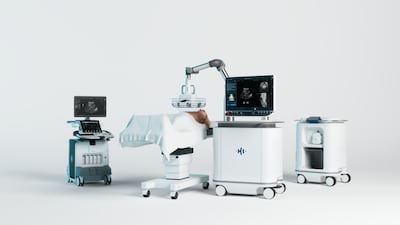The insufficiently addressed regulatory position of swabs is threatening to cause major interruption to IVDs being certified against the IVD Regulation. Many may be surprised by this since swabs are medical devices.
No Time To Lose
A significant proportion of IVD manufacturers seem unaware of the need to regulate their IVD kits containing swabs and the closer they leave it to the 26 May 2022 deadline for the full application of the IVDR, the more challenging they are going to find compliance.
This is particularly the case because some 85%-90% of IVD products are going to need to be certified under the IVDR by a much smaller number of notified bodies than the 18 existing now under the IVD Directive when only some 10-15% of IVD products need notified body involvement.
Indeed, at present, only four notified bodies have been designated under the IVDR – three of which are in Germany and one in the Netherlands. While there is pressure on the European Commission to have more designated, it seems that only 14 notified bodies have applied for designation under the IVDR. (Also see "EU MDR Notified Body Designations Could Soar By A Third By End Of 2021" - Medtech Insight, 9 March, 2021.)
Given considerable variation in the performance characteristic of swabs, some IVD manufacturers choose to include them in their kits to...
Read the full article – start your free trial today!
Join thousands of industry professionals who rely on Medtech Insight for daily insights
- Start your 7-day free trial
- Explore trusted news, analysis, and insights
- Access comprehensive global coverage
- Enjoy instant access – no credit card required
Already a subscriber?







